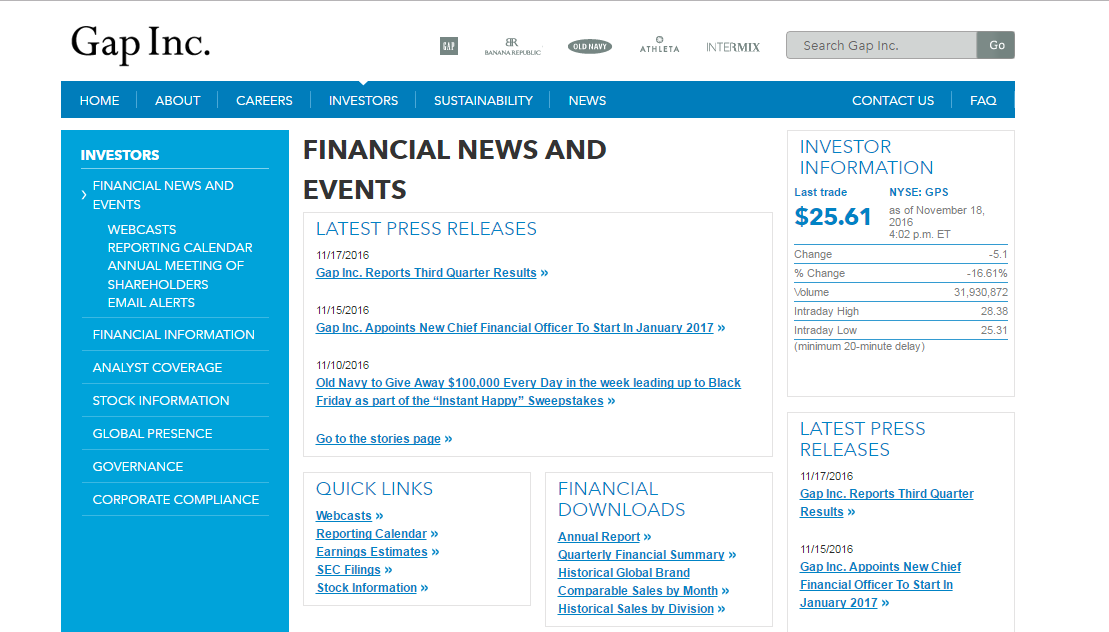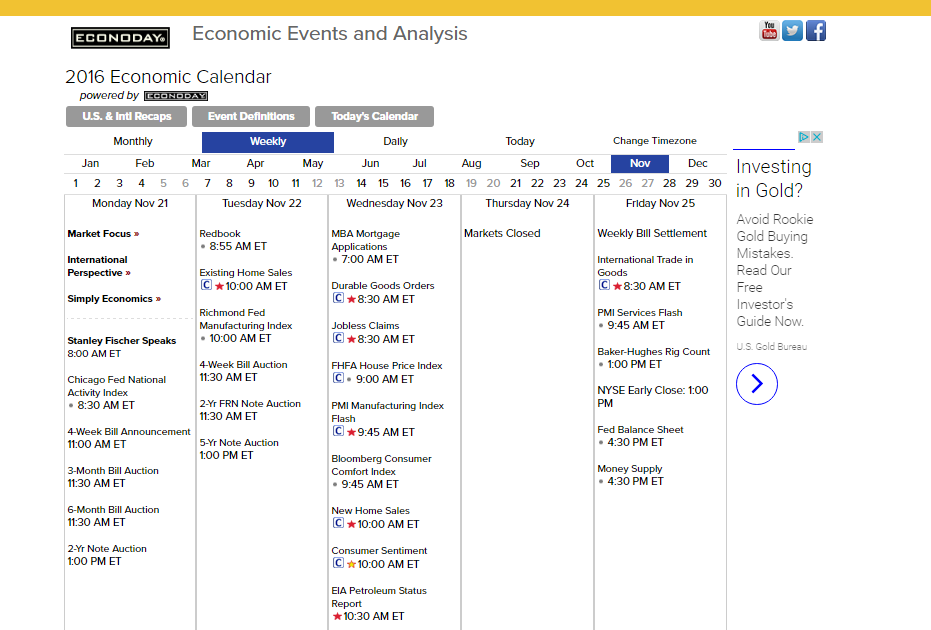Tag: NYSE
Using Stock Options Straddle Information To Trade Better
For some of you reading this, you may never trade a single option contract in your life. They’re sort of complicated, don’t offer as great liquidity as other products, and are wasting assets. However, paying attention to the stock options market can still be helpful for those don’t even trade them.
For example, the prices of option straddles give us an indication of what the market is anticipating in terms of volatility. In turn, this information can be used to make  better decisions in terms of position sizing.
better decisions in terms of position sizing.
Now, there are generally two types of volatility that traders concern themselves with. The first is historical volatility and the second being implied volatility. Historical volatility measures the amount of randomness in a stocks price for a given period. It’s usually measured by the standard deviation of a stock’s price move.
On the other hand, implied volatility is priced on how traders buy and sell stock options. For example, if traders continue to bid up the price of an option, then eventually prices for those options will be greater. If nothing else changed (the stock price didn’t move), then we can say that the implied volatility increased. On the other hand, if there is constant selling pressure in the options, the value of those stock options should decrease (if the stock price hasn’t moved), and implied volatility should be lower.
Here is a real world example. You’re thirsty for beer, and you’re at the supermarket, you can sift through the beer aisle and find a reasonably priced six-pack. There are a ton of different distributors so prices should be pretty competitive. We can say that  volatility is relatively stable. On the other hand, let’s say we are at Madison Square Garden and we’re thirsty for a beer. Since there is only one vendor, and there is no re-entry if you leave the venue, then you’re at the mercy of the market-maker (aka Madison Square Garden). What normally is the cost for a six-pack of beer at the supermarket is what you’ll get for a single cup of beer at the Garden.
volatility is relatively stable. On the other hand, let’s say we are at Madison Square Garden and we’re thirsty for a beer. Since there is only one vendor, and there is no re-entry if you leave the venue, then you’re at the mercy of the market-maker (aka Madison Square Garden). What normally is the cost for a six-pack of beer at the supermarket is what you’ll get for a single cup of beer at the Garden.
In this case, we can say that the high demand and lack of other choices makes volatility relatively high.
Getting back to options, implied volatility gives us the market’s best estimate on how they believe prices will move. An option straddle is a call option and put option (they are either bought together or sold together), they are of the same strike, and generally the option strikes which are closest to where the stock price is trading.
Let’s say the price of a stock is trading at $34.50, we’d look up the values of the $34.50 call and the $34.50 put and combine them.
The stock options expire in 5 days, the calls have a value of $2.20 and the puts have a value of 2.30.
Hypothetically, if you bought the straddle it would cost $4.50. That means you would need the stock price to rise/fall at least $4.50 to make money. In other words, if we take that $4.50 and divided it by the price of the stock ($34.50), we’d get 13%.
By knowing this information, you can position size accordingly. Of course, the market could get it wrong, meaning the stock price moves more or less than this. But generally, it’s a pretty solid estimate using stock options straddle.
Stock Analysis And Event Risk In Equities
Imagine being long shares of a clothing retailer because you liked the short-term price pattern and felt that it was poised to break-out after some stock analysis. The following day one of its competitors had disappointing earnings and both stocks took a hit towards the downside.
Now, had you known how closely correlated both stocks were, and that one of them had earnings, you might have lightened up on your position or closed it out because you felt that earnings are a 50/50 coin toss.
In any event, a situation like this could have easily been avoided if you had just done your homework, i.e., better stock analysis. However, for the novice trader, these are scenarios that don’t even cross their mind. With that said, there are certain events that you need to be aware of before you decide to hold onto a position.
Let’s take a look at some of them.
Earnings
Many trading platforms today will have notifications on when earnings are. However, if yours doesn’t, it’s not the end of the world because that information is rather easy to find when doing stock analysis. For example, let’s say you took a long position in Gap Stores on November 5th and were considering holding it long for awhile. You could go to finviz.com and find their earnings information on their site.

(source: finviz.com)
As you can see, they have earnings on November 17. With that in mind, you’ll have to ask yourself if that can interfere with your thesis or not. In addition, you should also confirm by going to the company website and checking out their investor relations page.

(source: www.gapinc.com)
Generally, the company website is the most reliable source for dates such as earnings when conducting stock analysis.
Competitor Earnings
In some niche industries, how a competitor does on earnings could be an indication on how others in the same space might perform. In this case, the clothing retailers industry is one of those niche industries.
What you’ll need to do is look up the dates of competitors to see if they have earnings around the period you intend on holding your position. You can find a list of similar companies on finviz.com. For example, The Gap, Inc. is categorized as an Apparel Store.

By clicking on the apparel store link, a list of apparel stores will come up.

(source: finviz.com)
You’d simply sift through the ones that are similar to see if any of them have earnings coming up.
Industry Reports
Sticking with our example, some clothing retailers will share numbers ahead of earnings, like holiday sales numbers or even give out forecasts. Now, if you’re trading energy related stocks, you’ll want to be aware of the EIA Petroleum Status Report which is generally on Wednesday.
Economic Reports
If you’re trading home builders you want to know when new home sales are released. If you’re trading banking or gold mining stocks, you want to be aware when the FOMC or other central banks have meetings lined up. A basic economic calendar can be used to find this information out. For example, econoday.com does a nice job of laying out this information.

(source: www.econoday.com)
In summary, risk can be mitigated by simply making yourself aware of the events surrounding the stocks you’re trading. Of course, somethings we can’t predict, like when an analyst upgrades or downgrades a stock. But if it’s a known event, be ready and act accordingly after conducting stock analysis.
